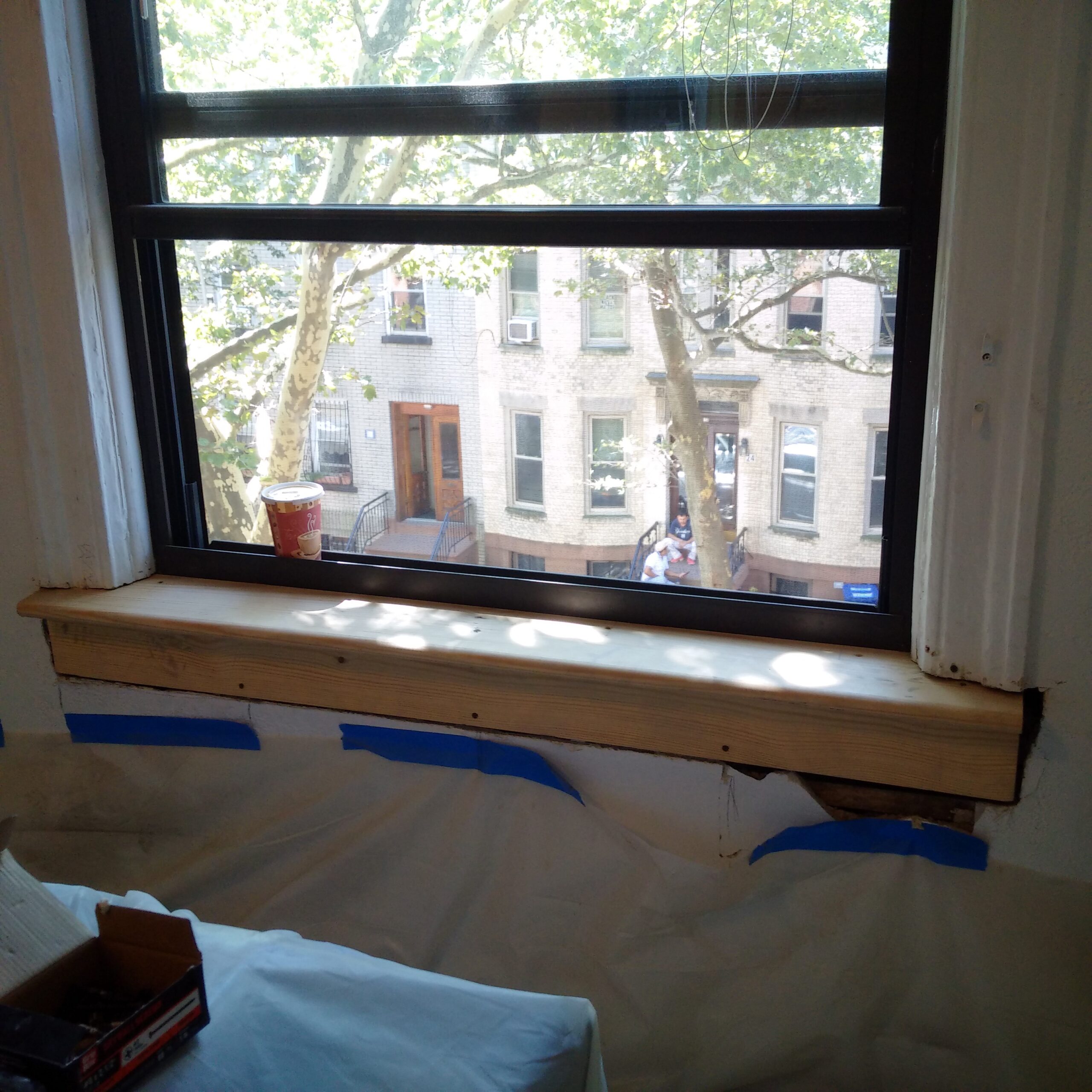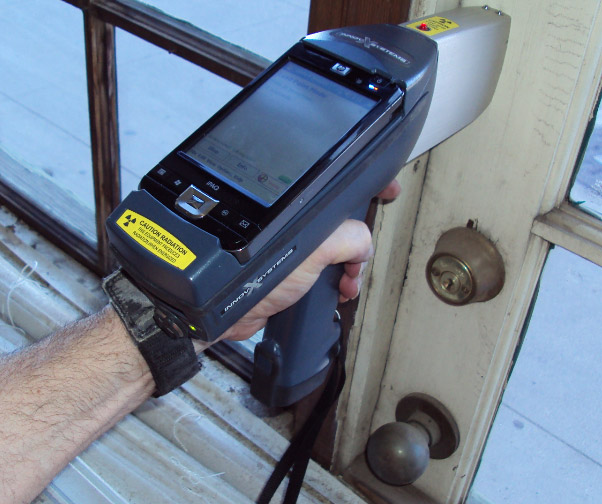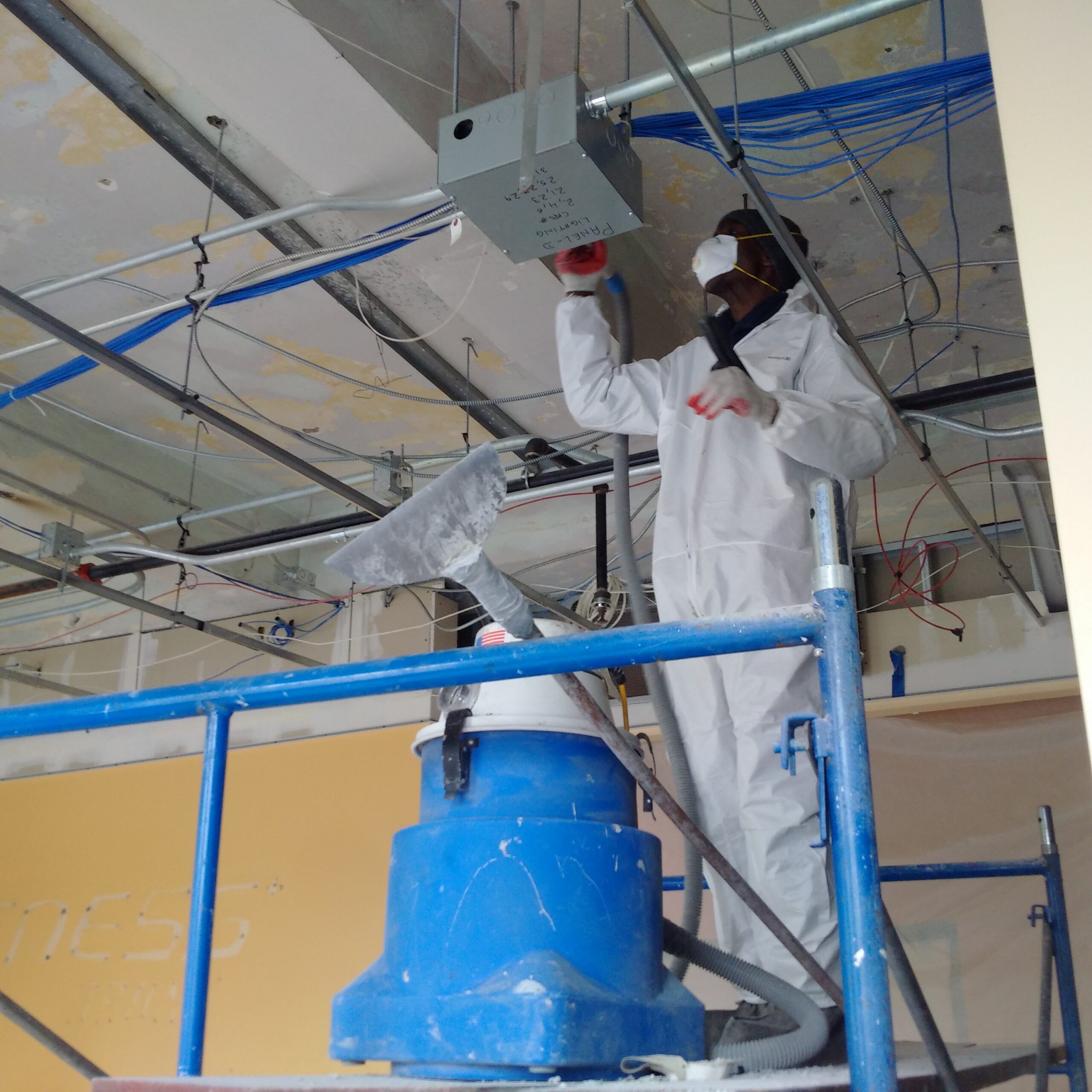Comprehensive Overview on Effective Lead Offense Removal Strategies
In the realm of environmental safety, resolving lead infractions demands a thorough and structured strategy. This detailed overview begins by highlighting the vital initial actions of determining lead hazards with sophisticated assessment and screening approaches. Techniques such as XRF evaluation and dust wipe tasting are vital in pinpointing contamination resources. Furthermore, the guide clarifies on the value of sticking to rigorous safety methods during the elimination process, including the usage of proper PPE and isolating impacted locations (Lead Paint Removal Company). The succeeding areas guarantee to discuss post-removal verification and preventative strategies, making sure lasting security and compliance. Discover the intricate details that make these strategies not just efficient but vital.
Determining Lead Risks
Recognizing lead dangers is a vital initial step in alleviating the risks associated with lead direct exposure. Lead, a hazardous metal, can be existing in different environmental tools, including paint, dirt, water, and dust. It postures extreme health and wellness dangers, especially to kids and expecting women, causing neurological damage and developmental delays. For that reason, specific identification of potential lead sources is vital for efficient remediation.
The initial phase in determining lead risks entails comprehending usual lead sources within the developed setting. Structures constructed prior to 1978 are specifically susceptible because of the widespread usage of lead-based paint throughout that duration. In addition, soil contamination can happen from wearing away outside paint, commercial discharges, or historic use leaded gasoline.
One more substantial source is lead piping and plumbing components, which can seep introduce alcohol consumption water. Consumer items such as toys, porcelains, and imported products might also contain harmful lead degrees. Notably, work atmospheres and leisure activities involving lead can track contaminants into homes.
Assessment and Testing
When addressing lead risks, effective evaluation and testing are vital. This essential action guarantees the identification and metrology of lead presence, thereby guiding subsequent removal initiatives. Preliminary analysis generally includes an aesthetic assessment to recognize potential lead resources, such as wearing away paint or infected dirt. This is matched by even more extensive testing techniques to establish the level of contamination.

Dust wipe tasting is another critical technique, specifically in household settings. By accumulating samples from floors, windowsills, and various other surface areas, this technique supplies insights into possible exposure risks. Additionally, soil screening around building boundaries is important to identify lead contamination that might posture hazards, particularly to kids.
Safe Removal Treatments
Upon completing extensive analysis and screening, executing safe elimination treatments is the next important stage in resolving lead hazards. This procedure makes sure that lead-contaminated materials are effectively and securely removed, minimizing danger to both workers and residents. The very first step involves isolating the affected area making use of plastic sheeting and correct sealing techniques to avoid the spread of lead dust.
Workers have to wear appropriate individual protective devices (PPE), consisting of respirators, gloves, and disposable coveralls, to reduce direct exposure. Using specialized devices and damp techniques, such as wet fining sand or making use of HEPA-filtered vacuum cleaners, decreases the dispersion of lead fragments. It is essential to prevent completely dry sanding or rough blasting, as these methods can generate hazardous lead dust.
Waste disposal is an additional important component; all contaminated products have to be firmly gotten and identified according to EPA and neighborhood policies. Additionally, extensive cleaning of the workplace with HEPA vacuums and damp cleaning makes certain the elimination of recurring lead fragments.
Post-Removal Verification

Confirmation of effective lead elimination, understood as post-removal verification, is crucial to make certain the safety and habitability of the remediated area. This assessment makes certain that all recognized sources of lead have actually been attended to and that no visible indicators of contamination continue to be.
Adhering to the aesthetic assessment, environmental tasting is conducted. This involves gathering dust, dirt, and occasionally water examples from the remediated area. Certified labs evaluate these examples to gauge lead degrees, guaranteeing they drop listed below the safety thresholds established by governing bodies such as the Environmental Security Agency (EPA)
Furthermore, air quality testing may be carried like it out to find air-borne lead particles, especially in cases where comprehensive lead-based paint removal or remodelling has taken place. The results of these tests provide quantitative information validating that the lead degrees are within permitted restrictions.
Ultimately, post-removal confirmation serves as an important checkpoint, confirming the performance of the lead abatement initiatives and guarding the health and wellness of residents and site visitors.
Preventive Procedures and Maintenance

A crucial go to the website preventive action consists of making use of lead-safe certified specialists for any kind of improvement, repair, or painting tasks. These professionals are learnt techniques that decrease lead dirt and debris. Furthermore, keeping colored surface areas to avoid breaking or peeling off is vital, as weakening paint can launch lead particles into the setting.
Educational efforts targeting residential property proprietors and renters concerning the threats of lead and the significance of reporting any type of potential hazards can further enhance precautionary initiatives. Regular cleansing utilizing HEPA vacuum cleaners and wet wiping techniques can dramatically lower lead dust buildup.
Verdict
In summary, efficient lead offense elimination requires a meticulous approach encompassing thorough assessment, precise testing, and stringent removal treatments. Recurring examinations and maintenance are crucial to alleviate future lead hazards, thus securing public health and guaranteeing sustained compliance with governing demands.